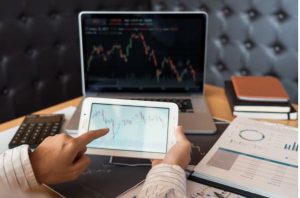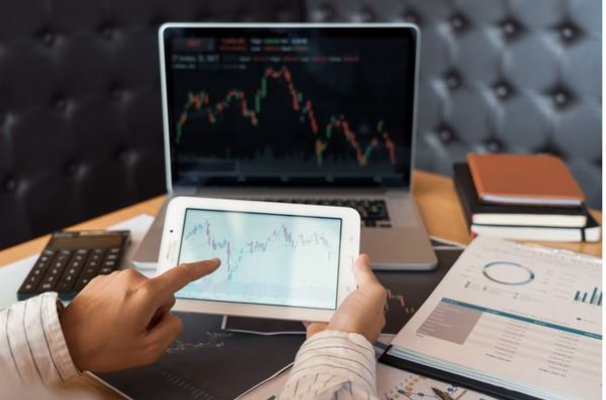Basic Forex Trading Terms and Concepts
The foreign exchange market is a popular market for investors. With the economic recession causing financial problems for people around the world, more people are turning to the forex market to earn some extra income. For beginners, the forex market can be confusing, and learning about forex trading may seem like a daunting task. With all of the terms and concepts that are used to describe the market and its many facets, it’s easy to get overwhelmed. If you are looking to get started with trading in the forex market, then you should definitely try to do as much research as you can. This article will provide you with some of the most commonly used terms and concepts in forex trading.
Before you make a forex account and start trading, you should have a good grasp of forex terminology and concepts. Here are some of the many terms and concepts that you are likely to come across while trading in the forex market:
The Eight Majors – Basically, the eight majors are the eight currencies that account for a majority of the trades in the forex market. These are the currencies from the Eurozone (EUR), United States (USD), Japan (JPY), Great Britain (GBP), Switzerland (CHF), Canada (CAD), Australia (AUD), and New Zealand (NZD).
Currency pair – In the forex market, all of the currencies are paired together. For example, “EURUSD” refers to the currency pair of the euro and the US dollar. All of the pairs have a standard layout, with the base currency being the first of the two and the terms currency being the second of the two.
Base currency – The base currency (the first currency in a currency pair) is the benchmark for the value or price of the currency pair. For example, if the currency pair quote is something like “EURUSD = 1.140,” this means that a single euro is valued at 1.140 US dollars.
Terms currency – Also called the “counter currency” or “quote currency,” the terms currency is the second currency in the currency pair.
Bid and ask – “Bid” is the buying price of the dealer, while “ask” is the selling price of the buyer. In order for the dealer to make money, the bid price is normally always lower than the asking price.
Spread – Spread is the difference between the bid price and the asking price. This value is always calculated by subtracting the asking price from the bid price (Bid-Ask = Spread)
Long position – Taking a long position, or “going long,” means to buy the base currency in hopes that it will increase in value against the terms currency. For example, going long on the EURUSD means that you buy EUR with your USD, in hopes that the EUR will appreciate in value.
Short position – Taking a short position, or “going short,” means to sell the terms currency in hopes that the terms currency will strengthen against the base currency. In other words, you are looking for the value of the currency pair to decrease, indicating that the terms currency is increasing in value.
This list is by no means an exhaustive list of the terms and concepts that are used in the forex market. Still, the terms listed above are some of the most commonly used. They will give you an idea of how the market works, how the currencies are valued, and how you make trades.
Improving your grasp of trading terms and concepts
If you would like to improve your understanding of the terms and concepts involved in forex trading, it will take an active effort on your part to learn about forex trading and the forex market in general. You can start by looking for articles similar to this, with terms, concepts, and definitions. It would be best, however, to look for one of the many forex trading glossaries that you can find online. Numerous websites have forex glossaries with all or most of the terms that are used in the forex market. Navigate to your favorite search engine and type in “forex glossaries” to find some of these glossaries. Bookmark your favorite glossary so you can use it as a reference whenever you come across a term or concept you are unfamiliar with.
Another way of improving your grasp of trading terms and concepts is to read books about the forex market and investment in general. There are tons of books about investment out there. You may want to use the Internet to search for reviews and ratings on the best forex books. These books have loads of information on the forex market; some can even give you insight into some trading strategies.

Putting your learning into use
The best way to learn about the forex market, however, is to actually practice what you’ve learned. You may be thinking, “won’t I lose money trying forex trading without knowing the terms and concepts?” The truth is, you probably will lose money if you actually start trading real money on the market without knowing the proper forex terms and concepts. Fortunately, there are websites that allow you to practice your forex trading without putting real money on the line. Look for free forex trading services that will help you get a feel for the market so you can actually see how these terms and concepts are used in the context of forex trading. Once you feel that you have had enough practice and learning, you can start trading for real money.
Try to put all of your knowledge to use in forex trading. Don’t just rely on the concepts and terms that you know, but also make use of your knowledge about world news, politics, economics, and finances in general. It may take a while for you to get used to forex trading, but a little time and experience will go a long way in teaching you the ins and outs of trading. Just make sure that you don’t get too caught up in forex trading. Always set boundaries for your investments. Make sure that you are trading within your means.
